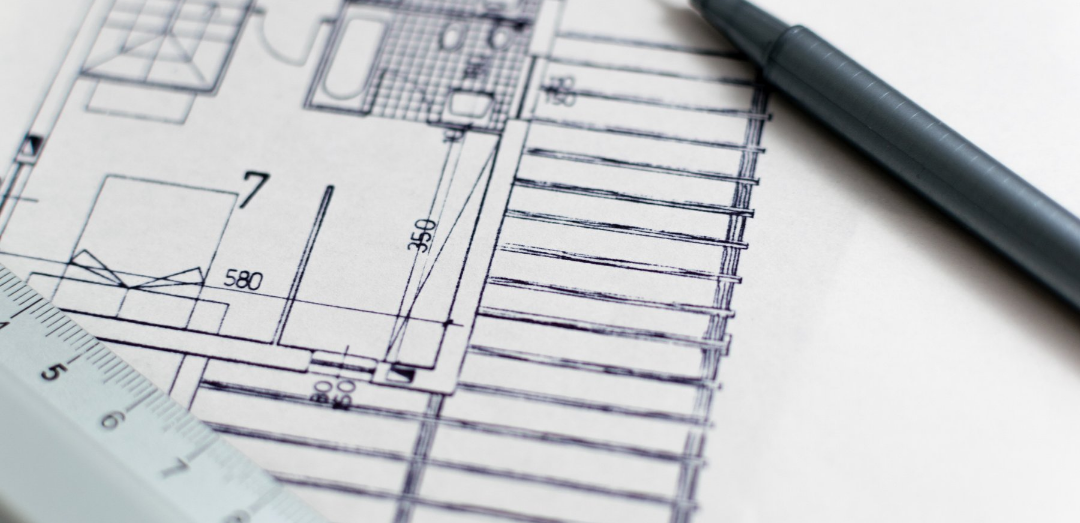
Everything. I was so impressed with this story about the firm MASS Design that I had to share their story which aired recently on the long-running program 60 Minutes.
MASS stands for Model of Architecture Serving Society. It is a nonprofit firm, based in Boston. They think of architecture as a mechanism to create change. This group is “rethinking their building methods, material and labor sources, and the end-use of their buildings.”

MASS’s ideology aligns with the Zero Waste hierarchy. The first step of Zero Waste is to rethink and redesign. Instead of doing something because it is how “things are always done,” consider instead the whole system of how things are made, what resources are being used, starting instead with the end in mind.
Building the Rwandan hospital
MASS Executive Director, Michael Murphy had been invited to build a hospital in Rwanda by Dr. Paul Farmer, who founded the nonprofit Partners In Health, or PIH, which provides medical care for the neediest populations around the world.
There were three conditions that Murphy had to follow:
- Beauty in the design
- Help as many local people as possible
- Natural airflow to prevent the spread of diseases like tuberculosis.
These three criteria continue to define MASS’s work philosophy to this day.
As you can see in the slideshow, Murphy used physics to design the movement of fresh air naturally through each ward.
Since PIH is a nonprofit, they were unable to afford expensive construction equipment to dig the foundation of the hospital. Instead, local laborers did the work of a front-end loader and excavator by hand with shovels. A total of 3,898 people were trained and hired to help excavate, construct, and manage the project for a lower cost while still financially lifting the community. It’s an inspiring sight to see in the slideshow, linked previously in this blog.
Rwandan farmers had to remove volcanic stones in order to farm their land. These stones were used to design the hospital’s façade, which gives the hospital a native, yet striking appearance. It is a very beautiful building that accomplished two goals: support the local community and reuse what others cannot.
Beds are in the center of the room so every patient has a view of the beauty of the outdoors. The central courtyard is part medical center and part public gardens, which I think having Mother Earth be a soothing balm for the soul. The waiting room and its hallways are outdoors, which is a design choice that stays true to the mission of prioritizing natural airflow.
The power of MASS and its impact on Rwanda and the world
MASS utilizes its philosophy and creates a nucleus of community empowerment through projects and buildings like this hospital in Rwanda. MASS Rwanda branch leader Christian Benimana even started a furniture division to work along with natural artisans on creative designs.
There are construction projects all over Rwanda. It’s a sign that this is a country trying to grow in a way that is culturally consistent and self-reliant. Several projects are designed by MASS firm with Benimana leading the charge.
MASS in Rwanda continues to do good work as a nonprofit architecture firm, working on projects that cannot afford costly projects and design work. Other buildings in MASS’s portfolio include a maternity care center in Malawi, a cholera hospital in Haiti, and several schools. Each building holds the same goals in mind: airflow, beauty, and supporting the local community through waste reduction and job creation by redesigning and reusing existing resources.
The third highest and best use in the Zero Waste hierarchy is reuse. Other MASS designs reuse buildings and original designs by rethinking cooling and heating. Instead of expensive and energy-intensive AC and heating systems, MASS projects use solar-powered window units. This aligns with another Zero Waste principle: to reduce energy consumption by employing natural sources.
It is MASS’s holistic view of the problem and the solution that matches the Zero Waste philosophy. They clearly understand that you need to begin with the end in mind to reduce or eliminate waste in the building process.
Each project has to be a solution for multiple obstacles in the community by creating designs that have the largest possible benefit. Whether building, hiring, or choosing materials, think of the whole community as a design project. Start at the end and work your way backward. You’ll create a greater positive impact right in your backyard, just like MASS.
We are in this together. Let’s go green.

